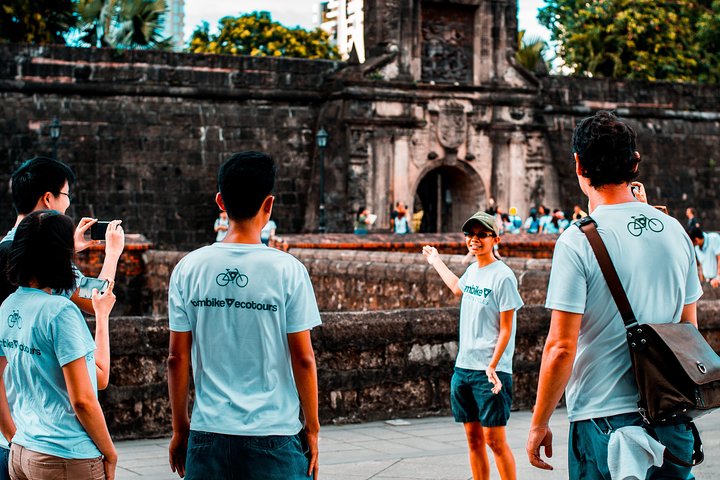Exploring Intramuros: A Journey Through Time in Manila’s Walled City
Intrigued by the promise of an immersive cultural experience, I embarked on a journey through the historic walled city of Intramuros in Manila. What I discovered was a captivating blend of history, architecture, and the enduring spirit of the Filipino people.
Stepping into the Past: The Enchanting Intramuros
As I embarked on my journey through the walled city of Intramuros, I was immediately transported back in time. The cobblestone streets and ancient walls whispered stories of a bygone era, inviting me to explore the rich tapestry of Filipino history. Intramuros, the oldest district of Manila, stands as a testament to the resilience and spirit of the Filipino people.
Walking through the gates of this historic enclave, I was greeted by the majestic Manila Cathedral. Its grandeur and architectural beauty have withstood the test of time, having undergone several reconstructions since its inception. The cathedral’s intricate details and serene ambiance provided a moment of reflection, a pause to appreciate the deep-rooted faith that has shaped the Filipino identity.
As I continued my exploration, I found myself at the San Agustin Church, the only building left intact after the destruction of Intramuros during World War II. The church’s resilience is a poignant reminder of the enduring spirit of the Filipino people. Inside, the cool stone walls and dimly lit interiors offered a sanctuary of peace, a place to contemplate the intertwining of history and faith.
A Glimpse into Colonial Life: Casa Manila
My journey through Intramuros led me to Casa Manila, a museum that vividly depicts the colonial lifestyle during the Spanish colonization of the Philippines. As I wandered through the meticulously recreated rooms, I was struck by the blend of Spanish and Filipino influences that characterized this period.
The museum’s exhibits offered a fascinating insight into the daily lives of the colonial elite, from the opulent furnishings to the intricate details of the architecture. Each room told a story, a narrative of cultural fusion and adaptation that has left an indelible mark on the Filipino identity.
Casa Manila was more than just a museum; it was a portal to the past, allowing me to immerse myself in the rich cultural heritage of the Philippines. The experience was both enlightening and humbling, a reminder of the complex history that has shaped this vibrant nation.
Fort Santiago: A Tribute to Freedom
No visit to Intramuros would be complete without a stop at Fort Santiago, a 16th-century citadel that stands as a national landmark and a shrine to the hard-won freedom of the Philippines. As I walked through its storied grounds, I was moved by the tales of heroism and sacrifice that echo through its walls.
The fort’s history is intertwined with that of José Rizal, the national hero of the Philippines, who was imprisoned here before his execution. Walking through the Rizal Shrine, I felt a profound connection to the struggles and triumphs of the Filipino people in their quest for independence.
Fort Santiago is more than just a historical site; it is a symbol of resilience and hope. As I stood on its ramparts, overlooking the bustling city beyond, I was reminded of the enduring spirit of the Philippines, a nation that has risen from the ashes of its past to embrace a future filled with promise and possibility.
In conclusion, my journey through Intramuros was a deeply enriching experience, one that offered a unique glimpse into the heart and soul of the Philippines. The walled city is a living testament to the country’s rich cultural heritage, a place where history comes alive and the past is ever-present. For those seeking to understand the essence of the Philippines, a visit to Intramuros is an absolute must.









































